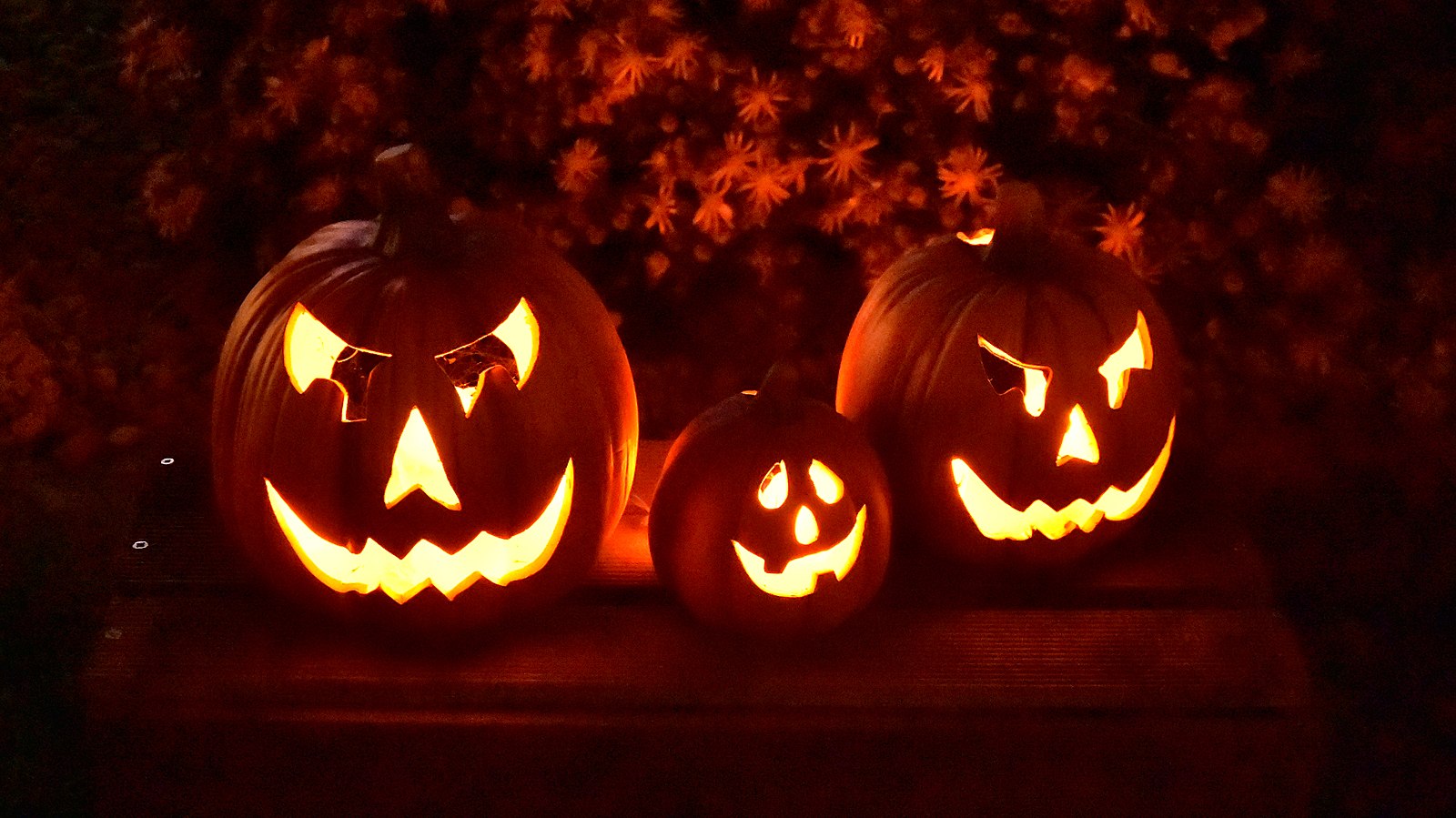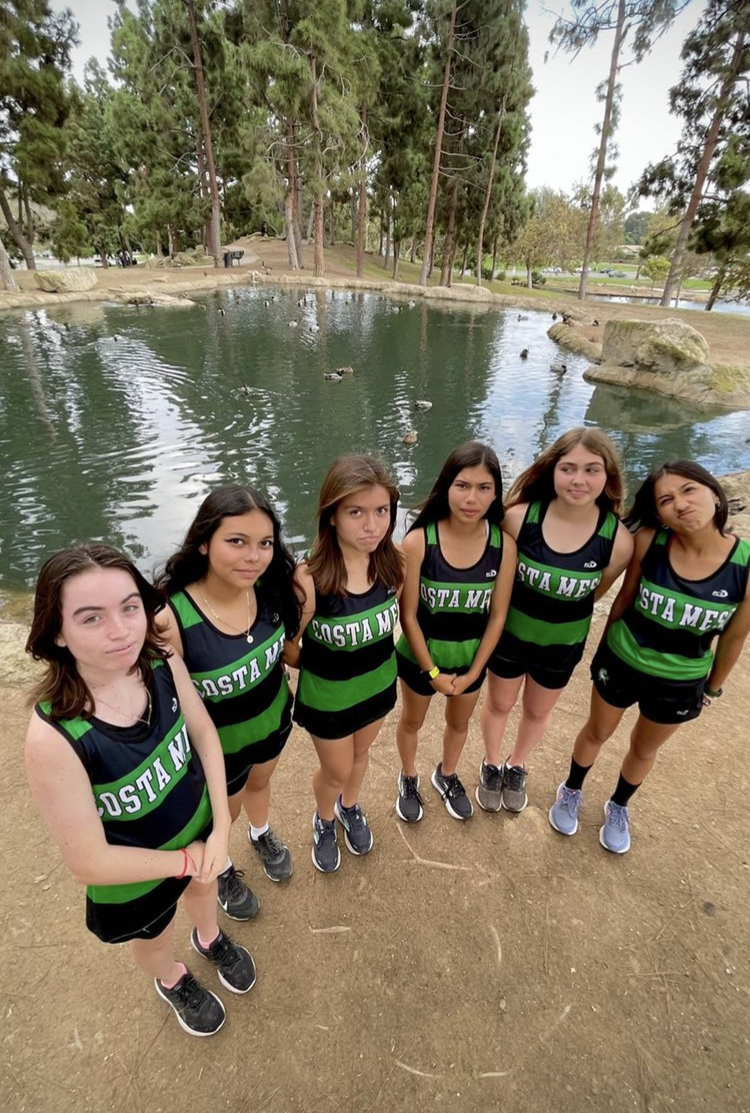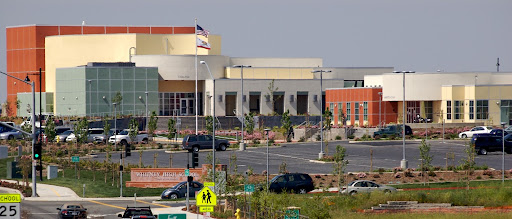Halloween is a holiday celebrated on October 31st. But do you really know the true history behind Halloween?
Halloween originally was a Celtic tradition of Samhain. The Celts were a group of tribes that originated in central Europe. Samhain was the Celtics New Year festival. It marked the end of summer and the beginning of winter which they associated death with.
Celts believed that the boundary between the living and spiritual world broke during Samhain, which would allow interactions between humans and other worldly beings. It was also believed that the ghosts of the dead would return on this day.
Celts thought the presence of the spirits made it easier for their priests,which are called Druids, to make predictions about the future. These predictions would give them comfort for the winter.
Druids would build huge bonfires where people would burn crops and animals as sacrifices to the Celtic deities.The celts believed in many gods and goddesses. During the celebration they would wear costumes, which would consist of animal heads and skin.
In 43 A.D.The Roman Empire conquered most of Celtic territory, and ruled over them for 400 years. During this time, the Roman's festivals combined with the Celtic celebration of Samhain.
Christian influence had spread throughout Celtic lands in the 9th century. In 1000 A.D., the church made November 2nd All Souls’ Day. All Souls’ Day is a day filled with prayer and to honor the dead. It was celebrated similarly to Samhain.
They would make bonfires,parades and dress up as saints,angels and devils. Poor people would visit wealthy families and receive soul cakes in exchange for a promise to pray for the souls of their dead relatives. All Souls’ Day was also called All-Hallows or All-hallowmas. The night before it, which would be the day Samhain is celebrated, was called All-Hallows eve, eventually to be Halloween.
Now how did Halloween come to America? Well as the beliefs of different European groups and American Indians meshed together, an American version of Halloween began. Celebrations included “play parties”, which were events to celebrate harvest. Play parties were what the festivals were called back at that time. They would tell stories, fortunes, dance and sing songs. In the middle of the 19th century fall festivals were common but Halloween was not celebrated everywhere.
In the second half of the 19th century, fleeing Irish immigrants from the Irish Potato Famine helped popularize Halloween. These Irish immigrants also brought back their superstitions and customs including the jack-o-lantern.
Americans borrowed European traditions and started to dress up in costumes and go house to house for food or money.
In the late 1800s,a movement in America to make Halloween into more of a holiday for neighborly get-togethers instead of trickery and witchcraft took place. Parents were encouraged by newspapers and leaders to take out frightening things in Halloween celebrations. Because of this, Halloween became less superstitious and religious in the beginning of the 20th century.
Between the 1920’s and 1930’s Halloween was celebrated with parades and town-wide parties. Vandalism became a big problem in many communities at this time. By 1950 the town leaders limited the vandalism and Halloween became a holiday aimed for the young.
Also by 1920’s and 1950 trick or treating was revived. Families could prevent the tricks being played on them by giving the children sweet treats.
Now Halloween is one of the most popular holidays celebrated.



